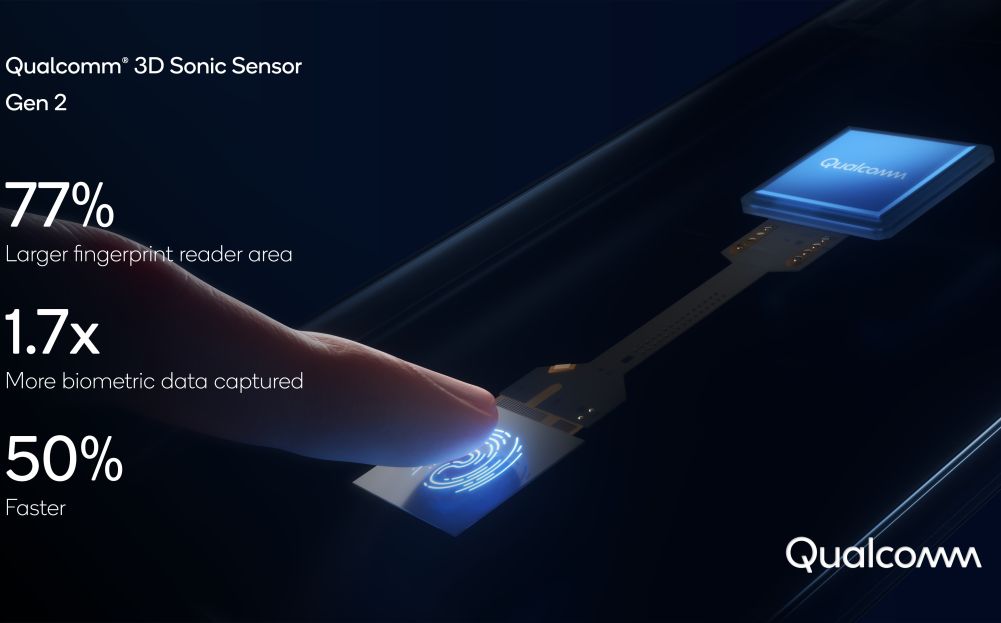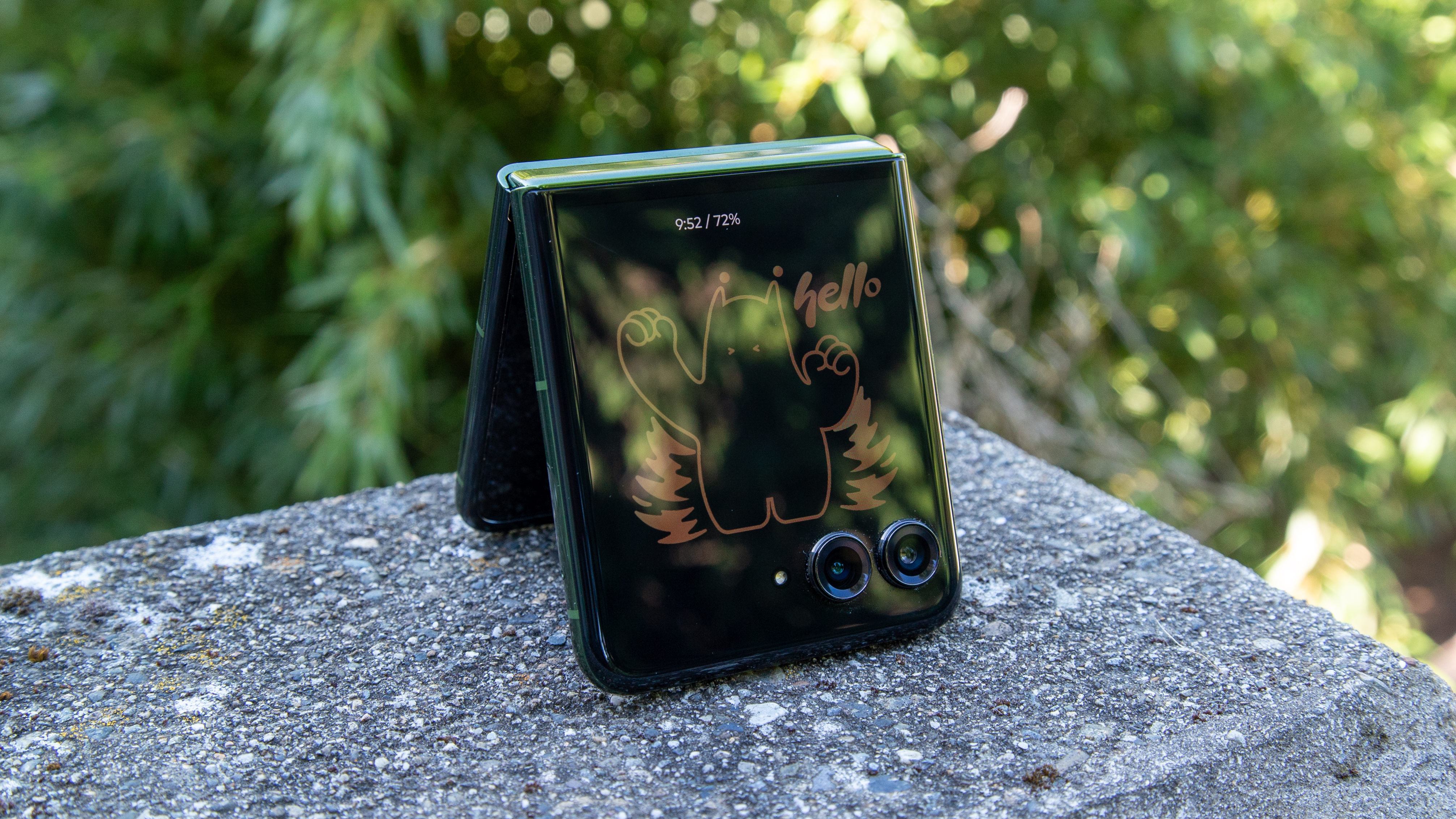Qualcomm's new in-screen fingerprint sensors could fix our biggest problem with Samsung flagships

What you need to know
- Qualcomm has announced its second-generation 3D Sonic in-display fingerprint sensors.
- The new 3D Sonic Sensor Gen 2 has a much larger surface area and is claimed to be 50% faster than the first-gen sensor.
- Samsung's Galaxy S21 is expected to be the first phone to feature the new 3D Sonic sensor.
Two years back, Qualcomm announced the world's first 3D ultrasonic fingerprint sensor. Even though Qualcomm promised that the 3D Sonic Sensor would provide improved reliability and security over traditional optical in-display sensors, the first-generation was plagued by numerous issues — including slow speeds and security flaws. Qualcomm today announced its second-generation ultrasonic sensor, which it is calling 3D Sonic Sensor Gen 2.
Qualcomm's new 3D Sonic Sensor Gen 2 comes in two new sizes, which are 50% and 77% larger compared to the first-generation sensors. The first-gen sensors have been used in nearly all of Samsung's best Android phones since 2019 - including the Galaxy S20 and Galaxy Note 20 series phones.
While Qualcomm's first-generation has a surface area of 36mm², the second-generation sensor has a surface area of 64mm². Thanks to its significantly larger surface area, the sensor is claimed to be capable of collecting up to 1.7 times more biometric data. Qualcomm says the larger surface area of the sensor, combined with up to 50% faster processing, will allow users to unlock their device "quicker than ever."
Qualcomm's 3D Sonic Sensor Gen 2 will debut in smartphones in the first quarter of 2021. The first devices to feature the new sensor are expected to be Samsung's Galaxy S21 trio, which will be formally unveiled at the company's Unpacked event later this week.
Be an expert in 5 minutes
Get the latest news from Android Central, your trusted companion in the world of Android

